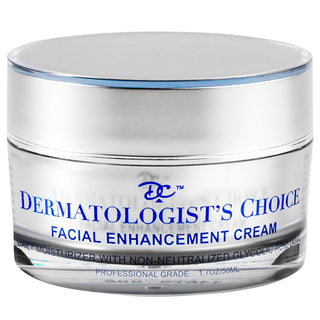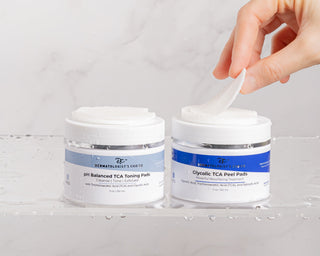Want to learn more? Get the FAQs below
What does glycolic acid do to your face?
Glycolic acid can break the bonds between the outer skin layer and the one below it.
Dina D. Strachan, MD, a board certified dermatologist, says it can help shed dead skin cells, making it an exfoliant. Strachan notes other benefits include collagen growth stimulation and hydration.
Is it OK to use glycolic acid every day?
Richard Bottiglione, MD, a board certified dermatologist and the founder of Dermatologist’s Choice Skincare, says this depends on the concentration of what your skin can tolerate. He says daily use is often beneficial for anti-aging and acne-fighting benefits, but everyone is different.
“You can determine how often and the concentration you want to use based on the results you desire and your skin’s tolerance to the non-neutralized glycolic,” Bottiglione suggests.
Can I use vitamin C with glycolic acid?
Bottiglione says it’s OK to use vitamin C with glycolic acid.
“If your skin gets a little red or [irritated]… add some moisturizer [and] don’t use glycolic for a few days,” he says.
The irritation should clear up within a few days.
Is glycolic acid good for dark spots?
Bottiglione says glycolic acid may help improve the appearance of dark spots. That said, sometimes, people experience dark spots after applying glycolic acid, particularly individuals with darker skin tones.
Opting for products with lower concentrations of glycolic acid and sticking to one or two products containing the ingredient can help mitigate this side effect.
Glycolic acid is a multitasking skin care ingredient that can help fight acne and improve your skin’s appearance. Due to concerns about irritation, it’s best to talk with a dermatologist before you start using it and take it slow when first applying glycolic.
Starting with lower percentage formulations can help your skin adjust and reduce irritation risks.
Products to consider:
Glycolic Peel Cleansing Pads, Shop Now

Ultra Anti-Aging Cream, Shop Now

Article originally published in Healthline 2020. Link to article here.














